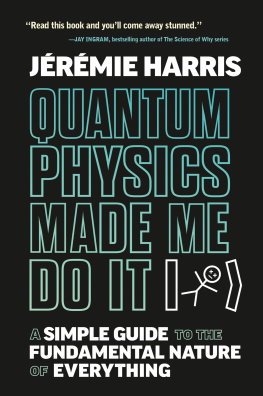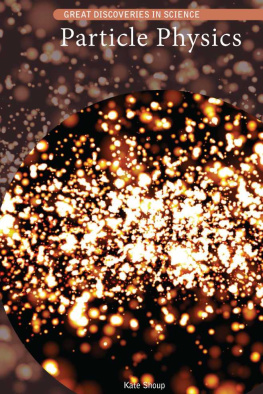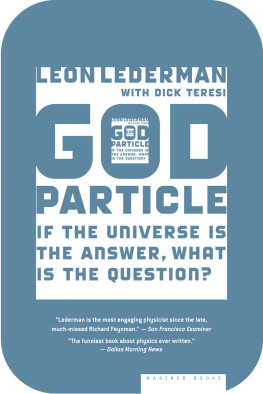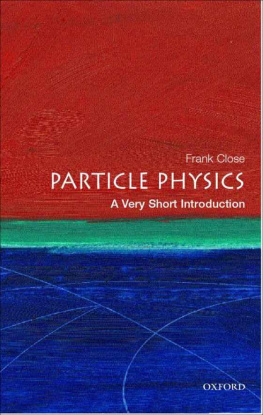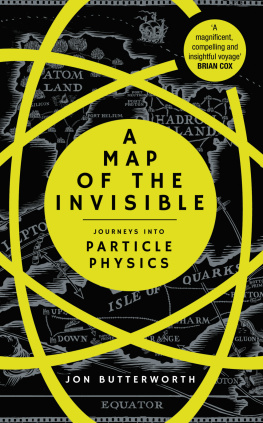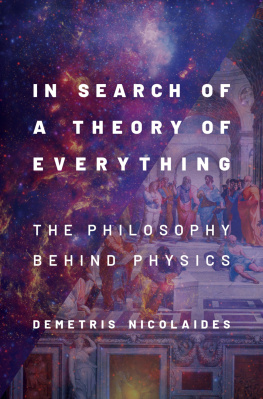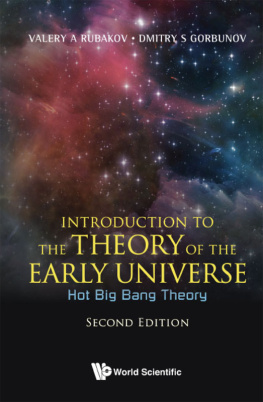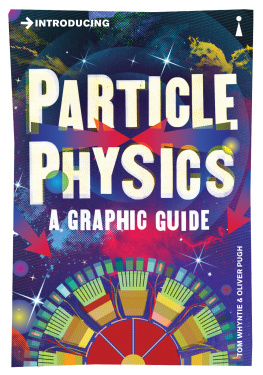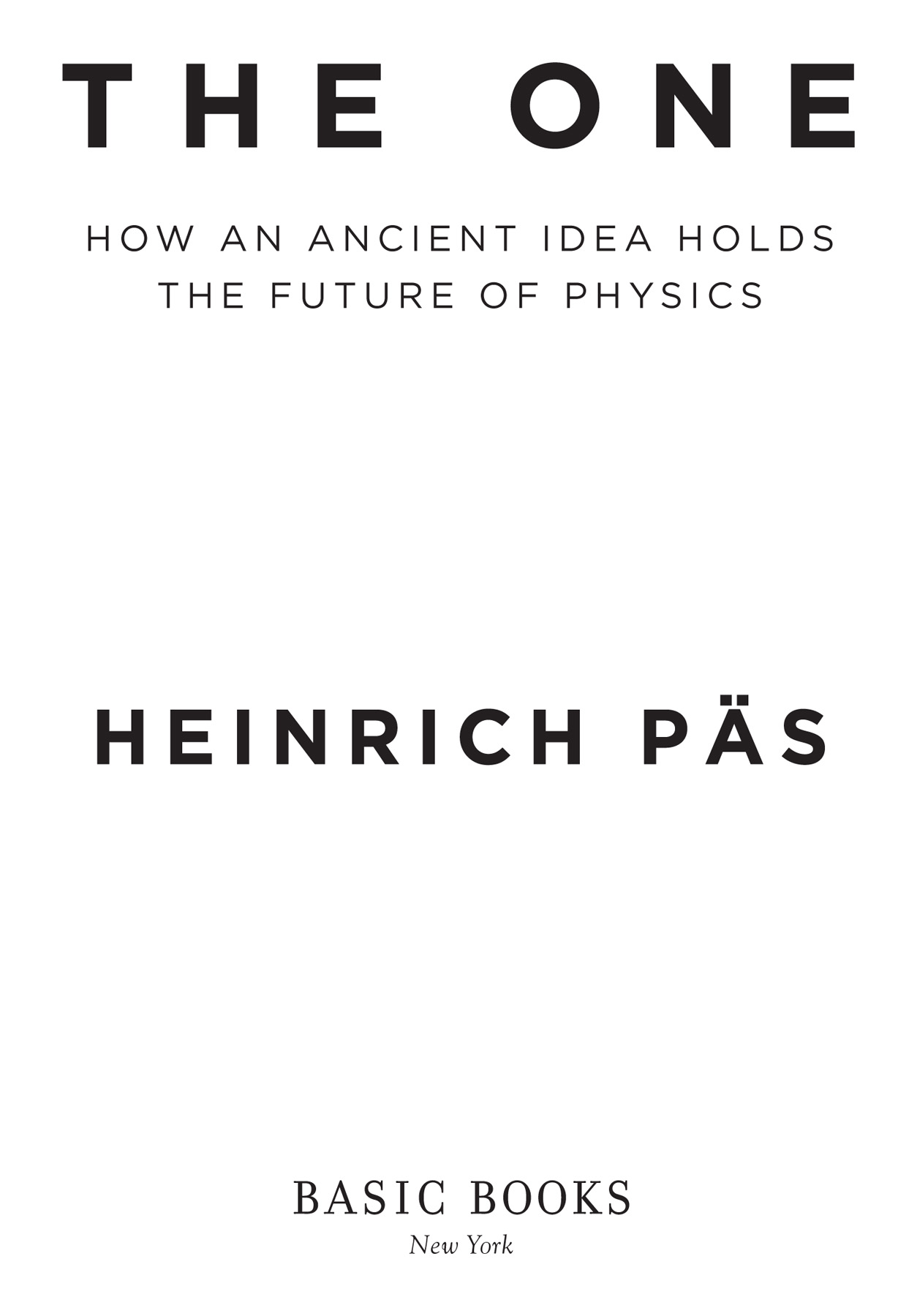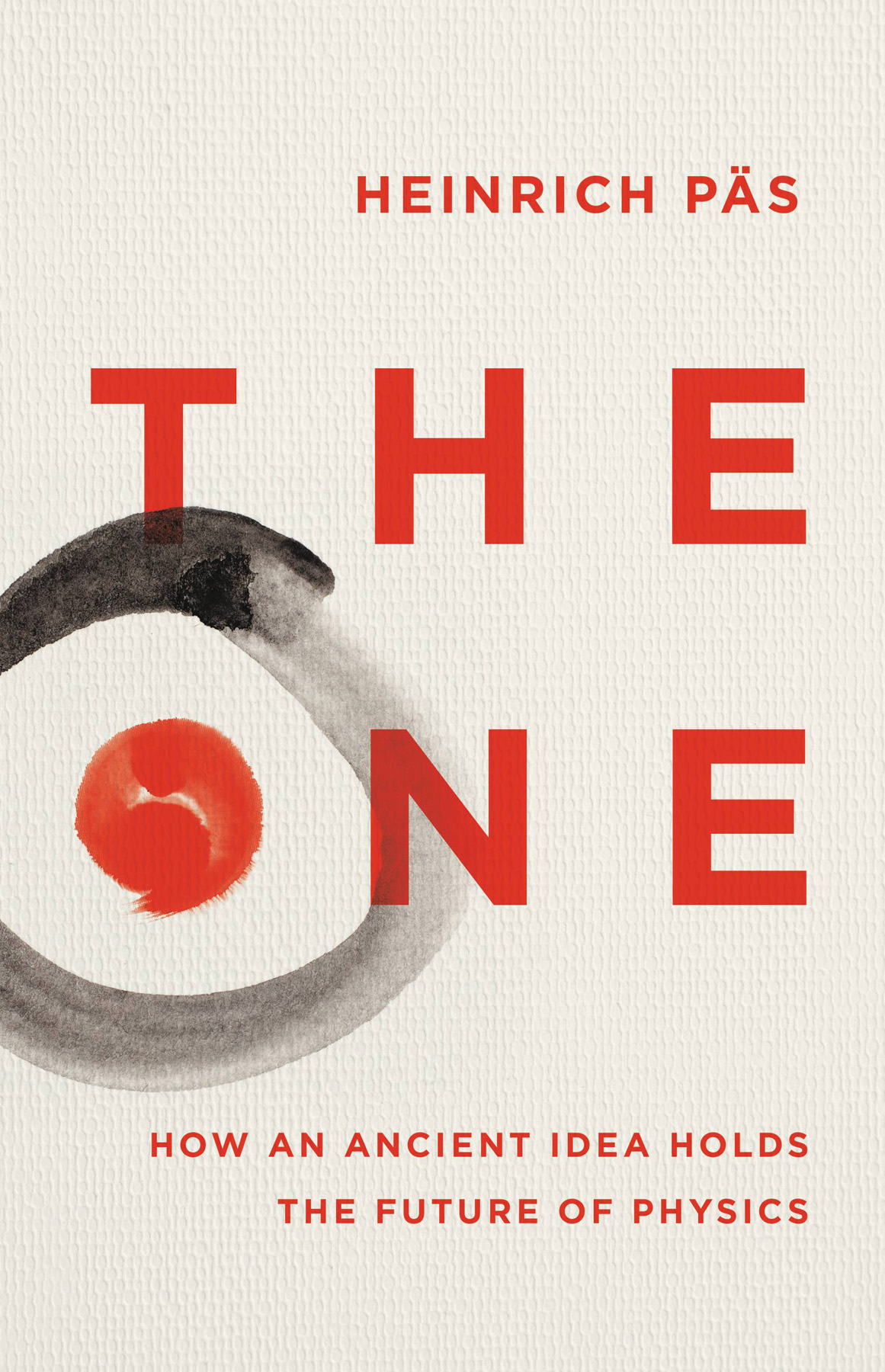
The Perfect Wave
Copyright 2023 by Heinrich Ps
Cover design by Chin-Yee Lai
Cover images KAWEESTUDIO / Shutterstock.com; redstone / Shutterstock.com; Bankrx / Shutterstock.com
Cover copyright 2023 by Hachette Book Group, Inc.
Illustrations by Frigga Ps
Hachette Book Group supports the right to free expression and the value of copyright. The purpose of copyright is to encourage writers and artists to produce the creative works that enrich our culture.
The scanning, uploading, and distribution of this book without permission is a theft of the authors intellectual property. If you would like permission to use material from the book (other than for review purposes), please contact permissions@hbgusa.com. Thank you for your support of the authors rights.
Basic Books
Hachette Book Group
1290 Avenue of the Americas, New York, NY 10104
www.basicbooks.com
First Edition: January 2023
Published by Basic Books, an imprint of Perseus Books, LLC, a subsidiary of Hachette Book Group, Inc. The Basic Books name and logo is a trademark of the Hachette Book Group.
The Hachette Speakers Bureau provides a wide range of authors for speaking events. To find out more, go to www.hachettespeakersbureau.com or email HachetteSpeakers@hbgusa.com.
The publisher is not responsible for websites (or their content) that are not owned by the publisher.
Wheelers U was first published in Zurek 1990, p. ix. Reprinted with permission of the estate of John Archibald Wheeler.
Library of Congress Cataloging-in-Publication Data
Names: Ps, H. (Heinrich), author.
Title: The one : how an ancient idea holds the future of physics / Heinrich Ps.
Description: First edition. | New York, NY : Basic Books, 2023. | Includes bibliographical references and index.
Identifiers: LCCN 2022019806 | ISBN 9781541674851 (hardcover) | ISBN 9781541674844 (ebook)
Subjects: LCSH: PhysicsPhilosophy. | Monism. | One (The One in philosophy) | Quantum theory. | Cosmology.
Classification: LCC QC6 .P2965 2023 | DDC 523.101dc23/eng20220927
LC record available at https://lccn.loc.gov/2022019806
ISBNs: 9781541674851 (hardcover), 9781541674844 (ebook)
E3-20221122-JV-NF-ORI
For Sara
You are the One for me
From all things One and from One all things.
HERACLITUS
There are many indications that, following the recursive pattern of scientific revolutions, we are now witnessing the beginning of the phase of crisis This is the most complex and intense moment of scientific research, when revolutionary and unprejudiced ideas are needed for a real paradigm change.
GIAN GIUDICE, HEAD OF THE THEORETICAL PHYSICS DEPARTMENT, CERN
To lend wings to physics once again.
FRIEDRICH WILHELM JOSEPH SCHELLING
Stargazing
O NE VERY EARLY MORNING IN MID-OCTOBER 2009, I was waiting alone in a deserted and pitch-dark alley in San Pedro, in the middle of the Chilean Atacama Desert, one of the driest spots on earth. Above me, countless stars were sparkling, so mesmerizing that I struggled to keep an eye out for the tour guides truck, coming to pick me up for a trip up to the Altiplano to watch the flamingoes stalking a secluded salt flat in the first light of the rising sun. Never before or after have I seen a more magnificent sky, though there have been other, similarly magical moments: counting shooting stars from the deck of a sailboat while crossing the Baltic Sea, practicing full-moon surfing off Waikiki Beach in Hawaii, or stepping out of a ski cabin at night, halfway up a mountain in the Austrian Alps, only to be stopped in my tracks by the bright band of the Milky Ways galactic disk. In such moments, I have felt entirely small and insignificant and yet, at the same time, strangely at home in the universe.
But what does it mean to feel at home in the universe? What do we actually mean when we talk about the universe? Etymologically, the word comes from the Latin universum , meaning something like all things combined together into one. Yet, when we speak of the universe, we usually refer to outer space, our cosmic environment, stars, planets, galaxies, a vast realm filled with countless objects. Apparently, what we refer to as the universe and what the term actually means have little in common, if anything at all.
Almost all the celestial objects you can identify in the night sky belong to our own galaxy, the Milky Way, which in total hosts more than one hundred billion stars. And the Milky Way itself is only one among about a trillion galaxies. As impressive as these numbers are, these visible objects are only the tiniest part of the entire universe. For every star you can spot out there, there exists about ten times more mass in nonluminous matter, such as gas clouds billowing around in interstellar space. Even more so, for all ordinary matter there exists five times as much mass in dark matter, expected to be made of exotic, unknown particles floating across the universe. And finally, there exists three times more dark energy, the puzzling fuel that drives the fabric of space-time to expand faster and faster.
So much for our universe.
But according to modern cosmology, maybe even our universe is not everythingthere may be more than just a single universe. Cosmologists now describe an epoch of accelerating expansion in the very early times, called cosmic inflation. The inflationary period terminates in a hot plasma, which we can identify with the Big Bang. But nobody knows what happened before inflation. Was there an absolute beginning? Or did inflation go on forever, and is it maybe still going on outside our own universe, in other regions of a multiverse? In that case it may continue to produce innumerable other baby universes, popping up in an eternally inflating space. This, actually, is quite possible.
But that is not enough to account for everything either. Not even close! Beyond parallel universes, dark energy, dark matter, and trillions of galaxies with a hundred billion stars each, there may yet exist a realm of infinite possibilities, where everything that, in principle, could exist actually does . There you would find innumerable copies of yourself, my cat, your dog, the flamingoes of the Altiplano, everyone, of all stars and galaxies and everything mentioned above. These parallel realities are the different branches of Hugh Everetts infamous many worlds interpretation of quantum mechanics. In fact, they constitute anotherarguably more fundamentallayer of multiverse. Increasingly more physicists are willing to accept now that they are an inherent prediction of quantum mechanicsthat a functional notion of quantum mechanics is increasingly difficult to sustain without many worlds.
And even this is not the end of the story. In addition to these parallel worlds, the quantum world contains infinite arbitrary superpositions of these realities. These are realities in which cats are half dead and half alive and where you are not either sitting in a chair and reading a book in the United States or driving a rental car through Europe but where both activities and places are mixed up in a way implying one cannot decide which one is true. The quantum realm encompasses everything that could be and all possible blends of these would-be realities.
Yet, standing there, under the stars, I still felt that feeling that many humans have shared: that I was somehow one with the vastness beyond myself. Is there a more daring, courageous, and flat-out overwhelming thought than to conceptualize the whole material world, everything from celestial bodies to life upon the earth and from the nebula stars to the mosses on the granite rocks, as the great German naturalist and discoverer Alexander von Humboldt portrayed the universe, as One?


